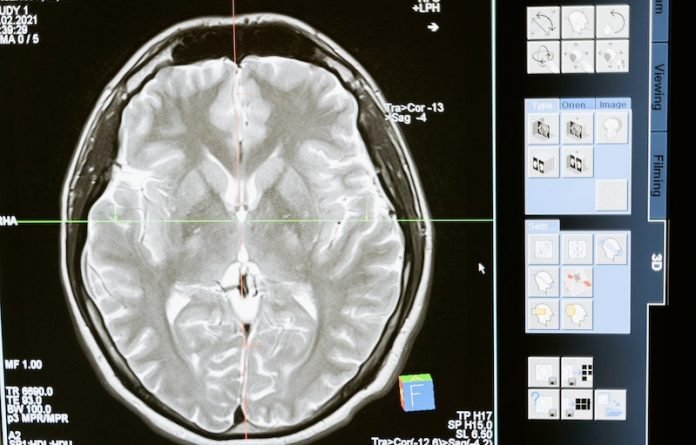
Scientists from Max Plank for the first time compared schizophrenia and frontotemporal dementia—disorders that are both located in the frontal and temporal lobe regions of the brain.
They found the first valid indications of neuroanatomical patterns in the brain of schizophrenia that resemble the signature of patients with frontotemporal dementia.
The research is published in the journal JAMA Psychiatry and was conducted by Nikolaos Koutsouleris et al.
Frontotemporal dementia (FTD), especially the behavioral variant (bvFTD), is difficult to recognize in its early stages because it is often confused with schizophrenia.
Thus, the similarities are obvious: in sufferers of both groups, personality, as well as behavioral changes, occur. An often dramatic development for affected persons and relatives sets in.
Since both disorders are located in the frontal, temporal and insular regions of the brain, it was obvious to compare them directly as well.
In the study, the team used artificial intelligence to train neuroanatomical classifiers of both disorders, which they applied to brain data from different cohorts.
The result was that 41% of schizophrenia patients met the classifier’s criteria for bvFTD.
The research team found that the higher the patients’ bvFTD score, which measured the similarity between the two disorders, the more likely they were to have a “bvFTD-like” phenotype and the less likely they were to improve their symptoms over two years.
When the researchers also checked the correlations in high-risk patients, they found similar neuronal structures were affected in both diseases.
In bvFTD, certain neurons (von Economo neurons) perish; in schizophrenia, these neurons are also altered.
This was reflected by the neuroanatomical score: after one year, it had doubled in these severely affected persons.
As a comparison, the scientists had also calculated the Alzheimer’s score using a specific classifier and did not find these effects there.
This means that experts will be able to predict which subgroup patients belong to.
In addition, new personalized therapies could be developed for this subgroup that promotes a proper maturation and connectivity of the affected neurons and prevents their progressive destruction as part of the disease process.
If you care about dementia, please read studies about health issues that could double your dementia risk, and your walking speed may show your dementia and depression risks.
For more information about brain health, please see recent studies about how to use a healthy lifestyle to prevent dementia, and results showing COVID-19 may cause Alzheimer’s disease-like dementia.
Copyright © 2022 Knowridge Science Report. All rights reserved.



